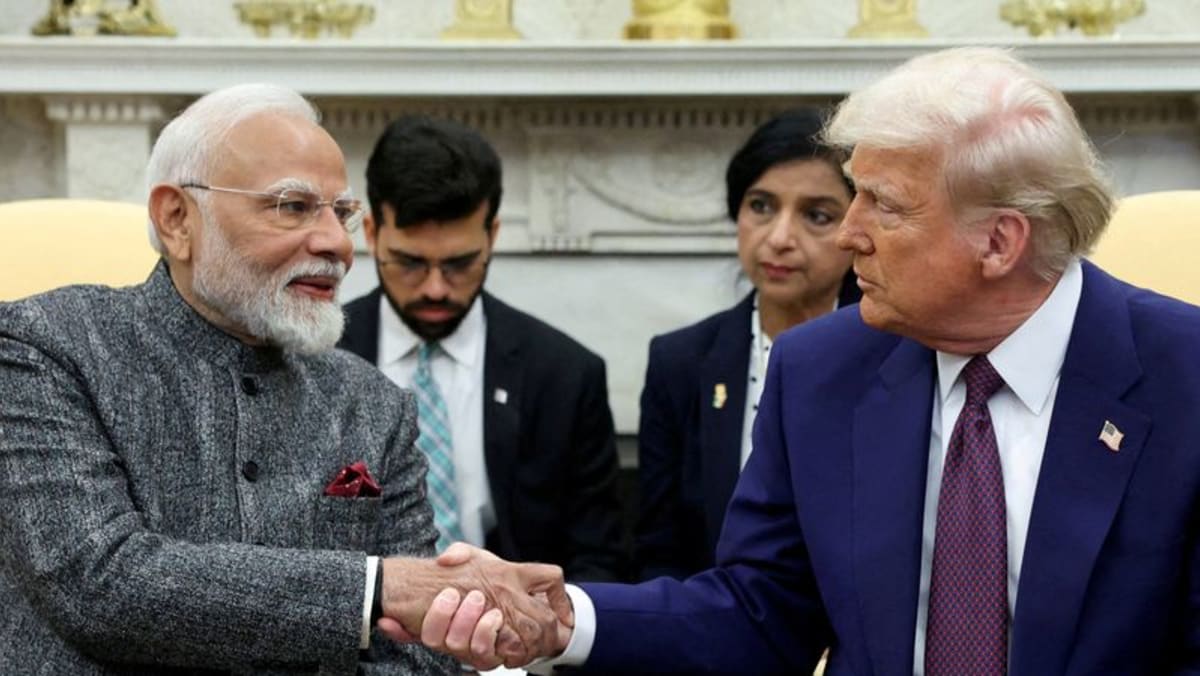Negotiators even pushed for relief from the 10 per cent average US tariff announced in April, plus a rollback of steel, aluminium and auto duties.
Later, India scaled back expectations after the US signed trade deals with key partners, including Japan, and the EU, hoping it could secure a similar 15 per cent tariff rate with fewer concessions.
That was unacceptable to the White House. “Trump wanted a headline-grabbing announcement with broader market access, investments and large purchases,” said a Washington-based source familiar with the talks.
An Indian official acknowledged New Delhi wasn’t ready to match what others offered.
South Korea, for example, struck a deal just before Trump’s Aug 1 deadline, securing a 15 per cent rate instead of 25 per cent by offering US$350 billion in investments, higher energy imports and concessions on rice and beef.
COMMUNICATION BREAKDOWN
“At one point, both sides were very close to signing the deal,” said Mark Linscott, a former US Trade Representative who now works for a lobby group that is close to the discussions between the two nations.
“The missing component was a direct line of communication between President Trump and Prime Minister Modi.”
A White House official strongly disputed this, noting other deals had been resolved without such intervention.
An Indian government official involved in the talks said Modi could not have called, fearing a one-sided conversation with Trump that could put him on the spot.
However, the other three Indian officials said Trump’s repeated remarks about mediating the India-Pakistan conflict further strained negotiations and contributed to Modi not making a final call.
“Trump’s remarks on Pakistan didn’t go down well,” one of them said. “Ideally, India should have acknowledged the US role while making it clear the final call was ours.”
